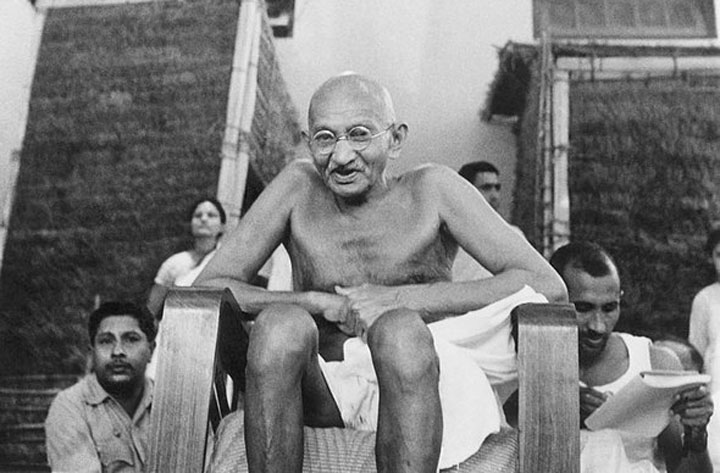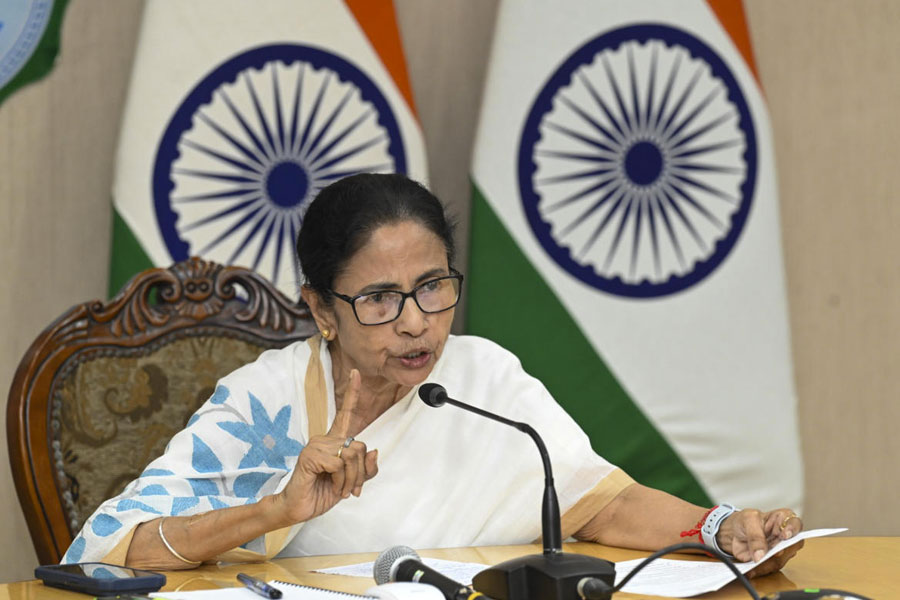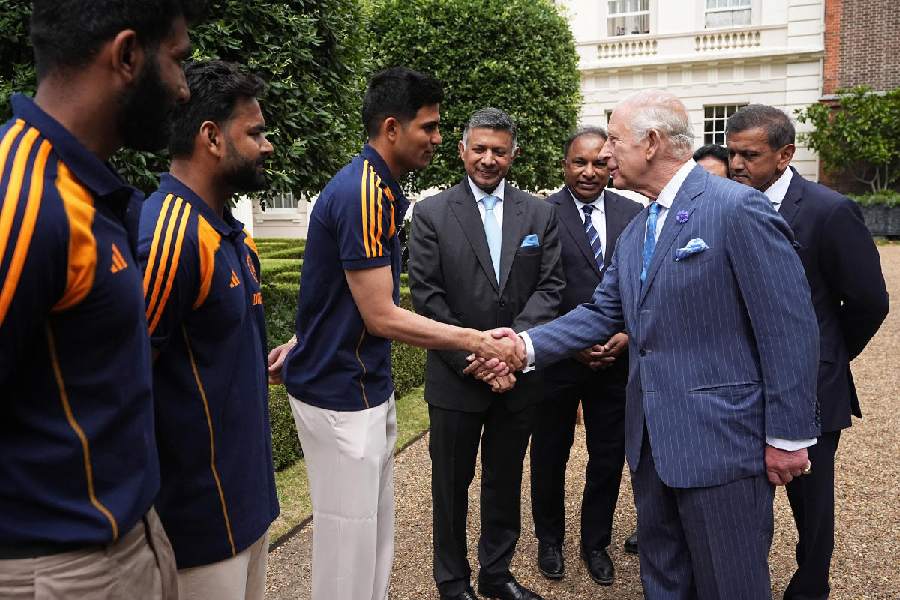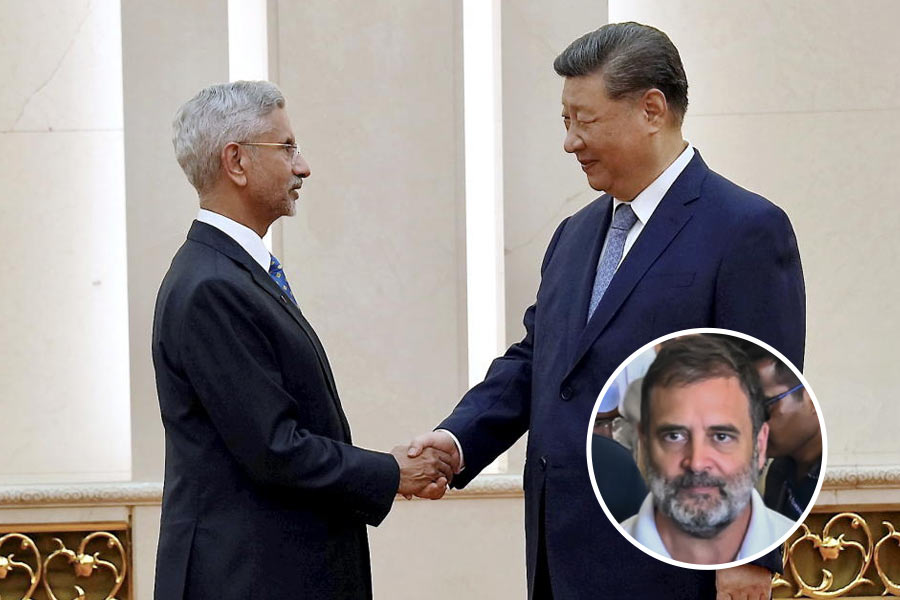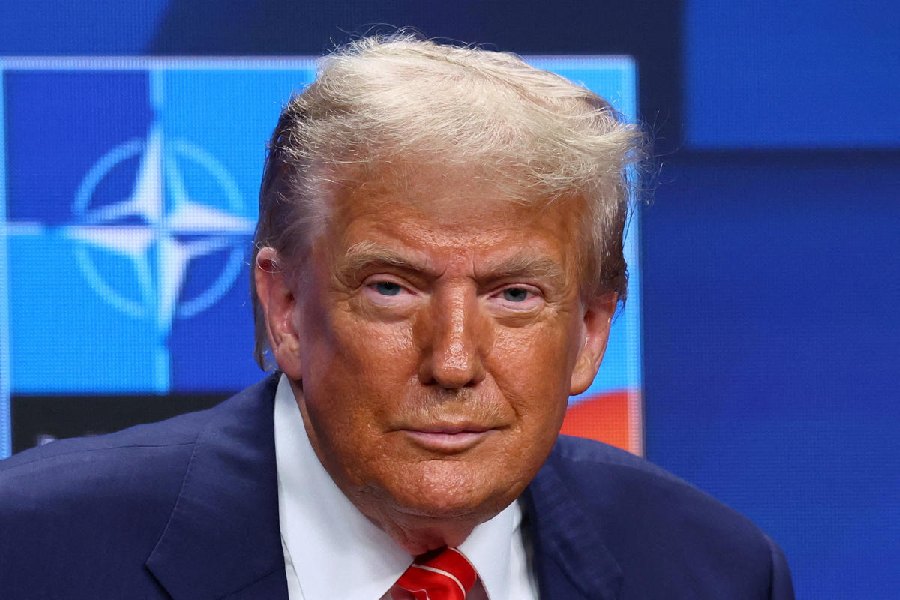There is a close relationship between politics and violence. This closeness reached its zenith in the 20th century in the form of two World Wars. It is against this almost necessary relationship between politics and violence that M.K. Gandhi raised the question regarding the purpose of politics: is it to bring people together or to separate them? If the more significant and ultimate purpose is to bring people together, Gandhi claimed that it could not be accomplished by violence. On the contrary, he strongly asserted that it is non-violence that can serve this purpose. This claim had few takers, and many rejected this as unviable and politically immature. Notwithstanding this, Gandhi sought to use this formula in India’s national movement against British rule. He seems to have succeeded in his attempt, although in varying degrees. This, however, is contested by some, such as the historian, Judith Brown. She seeks to underplay the role of Gandhi’s non-violence in India’s freedom struggle, reinforcing the relationship between politics and violence to be necessary rather than contingent.
Brown undertakes this by shifting the site of the agency of India’s freedom struggle from Gandhi to the British. She claims that the British decision to leave India was not owing to “Gandhi’s non-violence campaigns” but was “precipitated by wartime politics”. In dissociating Indian Independence from non-violence, she brings violence, specifically the violence of wartime politics, although not directly, on to the centre stage. Thus she reduces the importance of Gandhi’s non-violence; hence, it need not be given importance. Alternatively, she seems to reinforce a causal relation between the Second World War and Indian Independence.
While conceding this claim by Brown, I want, however, to contest it differently, by introducing a distinction between the exiting of the British and receiving India from them. Assuming that non-violence played no vital role in the Indian freedom struggle, I want to assign the role of non-violence to the stage of receiving India from the British after they left. Non-violence played a crucial role in the way in which India received its territory from the British. It played an important role, at least, in reducing the pain and tragedy of facing yet another unique incident, that of Partition, at the same time as that of freedom. This is important given the fact that what the British captured was not a single nation but many principalities. The presence of violence at the time of receiving would have enormously complicated the process and the product.
Further, by claiming a small role for non-violence, although not in throwing the British out of India but in receiving it from them, I would make my next move. Here I seek to establish a closer relationship between the non-violence of Gandhi and the British. This I will do by bringing another variable into the discussion, namely, no-violence. I want to imbricate the non-violence of Gandhi with the no-violence at the time of the East India Company entering India. I would like to bring the British into the agenda of the making of India as a nation in the format of a question and an answer. I wish to locate Gandhi’s non-violence as an answer to the question of no-violence by the British, thus assigning credits both to the British and Gandhi differently.
I will undertake this by introducing yet another distinction between exit and entry. The Indian national movement and Gandhi’s non-violence are about ensuring the exit of the British from India. I would like to claim that one can understand this process of exiting better when one understands the nature of the entry. Did the British enter India using violence? There is something unique about the way they entered India. Unlike other invaders who mostly used violence to capture other territories, the British mostly did not use violence to make an entry into India. The natural answer to the question of why war is waged against your aggressor is because they waged war against us and captured us. This invariance between cause and effect did not happen in the case of the East India Company, the first form of British entry into different principalities of pre-British India. They entered to do trade, and further, to extend the business, they used politics. So what surrounds this entry is the presence of no-violence.
Many nationalists did not see this and proposed violence to send the British out of India. However, this creates a mismatch between no-violence and violence. Gandhi read this carefully like a good student reading the question paper during an examination. His ingenuity lies in proposing non-violence to ensure the exit of those who entered — not through violence, but without violence or with no-violence. Here I am not ignoring the fact that the British used violence subsequently to maintain their political regime. What is important to remember is that the tense of this is posterior to their entry, and there is a variance between no-violence and violence. More important, we cannot ask someone to leave using violence if she or he has entered without using any violence. Gandhi’s brilliance lies in seeing through this clearly and coming up with an answer to the British’s no-violence in the form of non-violence. Instead of making a non-concrete claim about Gandhi’s non-violence, there is a need to make it concrete and even logical.
I would wish to see the British entry as a contribution in the form of a question, and Gandhi uniquely answering it by going against the pervasive relationship between politics and violence. In recognizing the British as a contributor, I am not saying that they should get grades for the use of non-violence. Grades are not awarded to the one who sets the questions but to the one who answers them. The credit, however, should go to the British for setting different standards, either intentionally or otherwise. Their role lies in giving space for those like Gandhi in answering those unique and tough questions. That is, in place of looking at the other as an oppressor he can be looked at as an enabler. This reverberates well with the Buddha’s critique of Hinduism enabling Adi Sankara to propound the systematic philosophy of Advaita Vedanta.
Thus, there is a need to pay careful attention to understand both the entry and the exit in order to make better sense of the latter by taking into consideration the former. However, the works on the Indian national movement did not pay enough attention to the nature of the British entry but rallied around the nature of the exit. This disproportionate engagement made one more aware of the effect than the cause. The well-lit way is the other way, of spending more time understanding the cause that eventually throws better light on the effect. Or else it will be like concluding without comprehending the premise. From this perspective of downloading the Indian freedom movement within a philosophical format, we can understand that and also the ideals of non-violence differently from Brown. This, indeed, can aid us to look again at Gandhi’s claim that makes the relation between violence and politics not necessary but contingent, thus inaugurating a different theory of politics. It is another matter how Gandhi could both advocate the ideals of non-violence and strongly endorse the Bhagvad Gita, where Krishna asks a reluctant Arjuna to fight a war, promoting violence. This needs closer scrutiny.
The author is on deputation to the Indian Institute of Technology, Tirupati. He teaches philosophy

